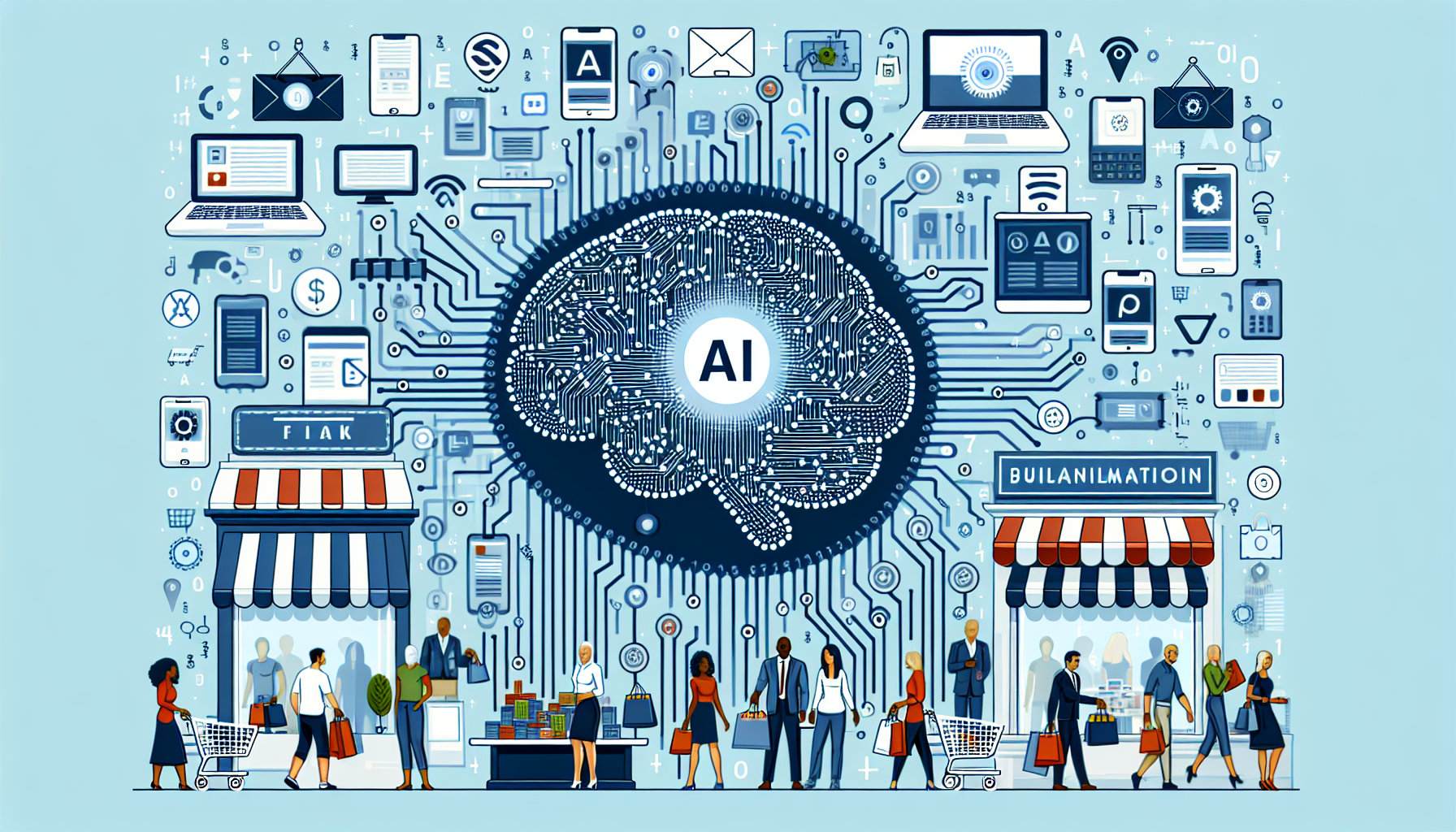Google Shopping’s AI Evolution: An Ecommerce Game Changer
Armando Roggio – October 20, 2024
Google has reshaped the ecommerce landscape with its latest iteration of Google Shopping, now infused with the power of artificial intelligence. Sean Scott, Google’s vice president and general manager of consumer shopping, has unveiled a platform that promises to streamline the product search process by surfacing highly relevant items with impressive precision.
The Intelligent Fusion of Shopping Graph and Gemini AI
At the core of this revamped experience lies the Shopping Graph, a sophisticated system adept at understanding intricate relationships between products and their attributes. Whether a customer is in search of a specific type of puffer jacket or a particular style of sneakers, the Shopping Graph aims to deliver results that align closely with individual preferences and desires.
Google’s relationship with data graphs goes back years, with the Shopping Graph having been a significant topic at Google’s 2021 I/O event. Its current 45 billion product listings underscore its expansive reach and relevance in modern ecommerce. These listings are sourced from an array of platforms including Google Merchant Center, PDFs, blogs, and articles, thereby casting a wide net over available online merchandise.
PIM System Evolution and the Importance of Detail-Rich Product Listings
For retailers, the details matter now more than ever. With Google’s AI endeavoring to parse and understand the finer points of products, ensuring that listings are comprehensive and well-described has become critical. This includes making sure that product feeds are detailed and current, structured data markup is used, and product visuals are of high quality.
These nuances not only influence visibility in Google Shopping but also play into the workings of shopping tools such as Google Lens and various virtual try-on features. Furthermore, acknowledging the role product reviews and content marketing play in informing the Shopping Graph can afford businesses a competitive edge on the platform.
SEO, Content Marketing, and AI’s Growing Influence
This development from Google signifies more than just a change in a singular platform; it heralds a shift in the broader market strategy for ecommerce entities. It is illustrative of a trend where search engine optimization, content marketing, and AI technologies are converging to dictate the success parameters for online retailers.
Those involved in ecommerce marketing must now account for a landscape where Google’s algorithms and AI capabilities set the agenda, prompting an evolution in how products are presented, described, and discovered online. As such, marketers are pushed to harness the full spectrum of available tools, from robust product information management systems to comprehensive content strategies, to thrive in this AI-enhanced world of ecommerce.
For players in the PIM market, the new Google Shopping serves as a clarion call to ensure that solutions offered are well-equipped to deal with the complexities and demands of AI-driven platforms. PIM trends are likely to gravitate towards delivering more detailed, cohesive, and AI-friendly data structures that can seamlessly interface with systems like Google’s Shopping Graph.
With eyes towards the future, it’s a safe bet that we’ll witness continued transformations in the realm of online shopping, all challenging and reshaping our notions of SEO and the role of PIM systems in ecommerce success.
Source: https://www.practicalecommerce.com/new-google-shopping-is-an-seo-reality-check


